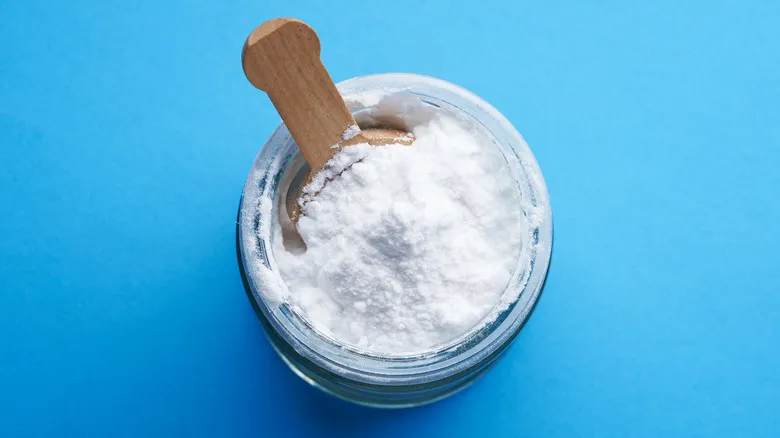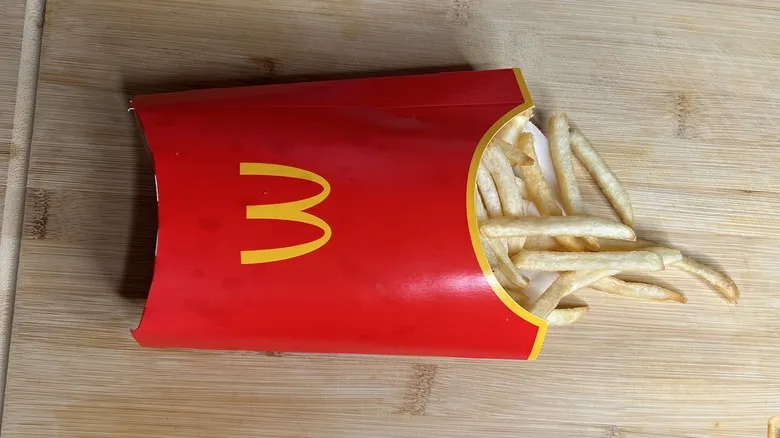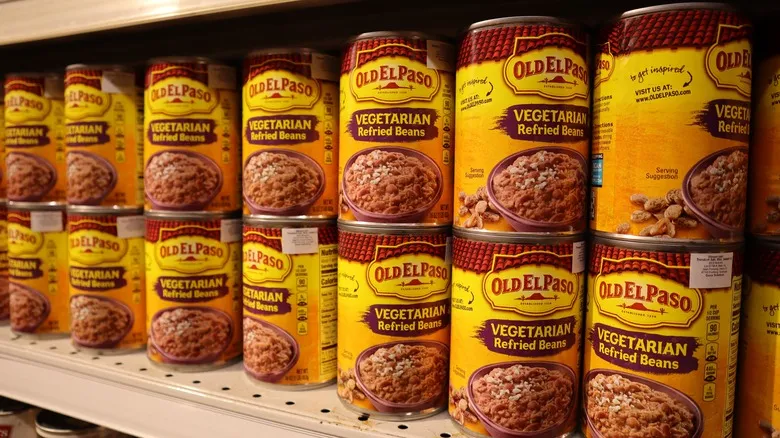What happens when you bake baking soda
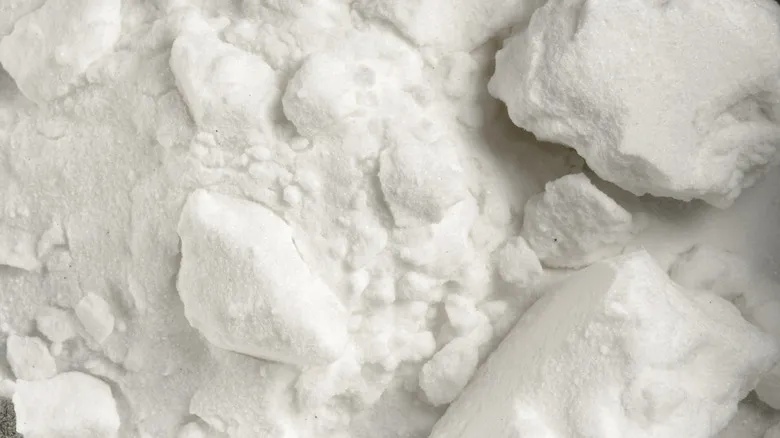
To transform sodium bicarbonate into sodium carbonate, begin by spreading a uniform layer of baking soda on a rimmed baking sheet. Next, place it in an oven preheated to between 250 and 350 degrees Fahrenheit. As the baking soda heats, it will release water vapor and carbon dioxide, resulting in a weight reduction of approximately one-third. The duration of this process can vary widely depending on the oven; it may take anywhere from 1 to 5 hours. To monitor the progress of your baking soda, weigh it before placing it in the oven. (First, weigh the empty baking sheet, then weigh it again with the baking soda. The difference will give you the weight of the soda.) Check the weight every 30 minutes, and once you notice a one-third loss in weight, the conversion is complete.
The evaporation of water and carbon dioxide during baking initiates a chemical reaction. The removal of hydrogen, oxygen, and carbon atoms transforms sodium bicarbonate into sodium carbonate, which significantly alters the pH levels. Sodium bicarbonate has a mild pH of 8.3, while sodium carbonate is a strong base with a pH of 11.3. In simpler terms, sodium carbonate is 1,000 times more basic than baking soda, which can make a substantial difference in culinary applications.
What to make using sodium carbonate

In our cooking, we frequently utilize various acids such as vinegar, citrus fruits, and wine. Some even incorporate sour milk into bread recipes. However, when exploring the alkaline side of the pH scale, the choices become limited. Most home cooks regularly rely on baking soda as their primary base, but baking with sodium carbonate introduces another valuable ingredient to your kitchen toolkit. Its unique chemical properties offer distinct advantages in culinary applications. Sodium carbonate is particularly favored in Chinese and Japanese dishes, where it imparts a springy texture to noodles. This effect occurs because sodium carbonate strengthens gluten networks, resulting in the characteristic chewiness of traditional ramen noodles. In Chinese cooking, it is also added to fermented bread dough to help neutralize acidity.
Additionally, sodium carbonate serves as a popular alternative to lye in cooking. Lye is commonly linked to German-style soft pretzels, contributing to their distinctive flavor and rich brown hue. However, lye is highly caustic, making it hazardous to handle and often hard to find in stores. While many pretzel recipes substitute lye with baking soda, the outcomes differ significantly. Using sodium carbonate brings you much closer to the taste and texture of lye-treated pretzels, without the associated risks. Nonetheless, it is advisable to wear gloves when working with baked baking soda, as it can cause skin irritation.
Recommended

Expert Tips For Bakery-Worthy Chocolate Cake
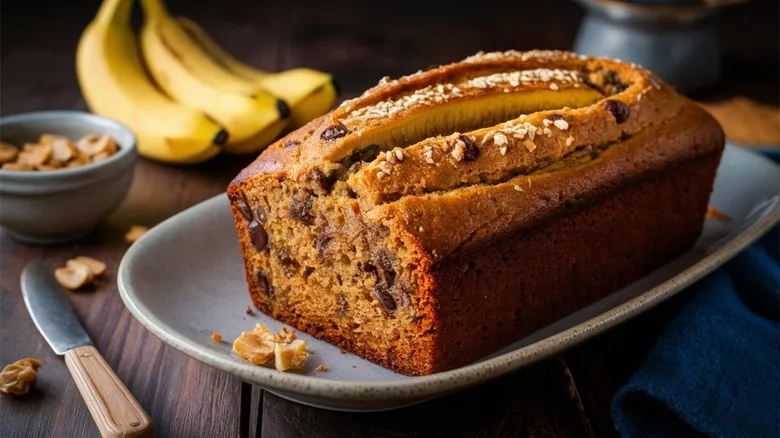
The Additional Fruit You Should Add To Improve The Flavor Of Banana Bread

Instant Pudding Mix Is The Secret To A Boston Cream Pie-Inspired Angel Food Cake

Everything You Need To Know To Make Incredible Challah For Rosh Hashanah
Next up

